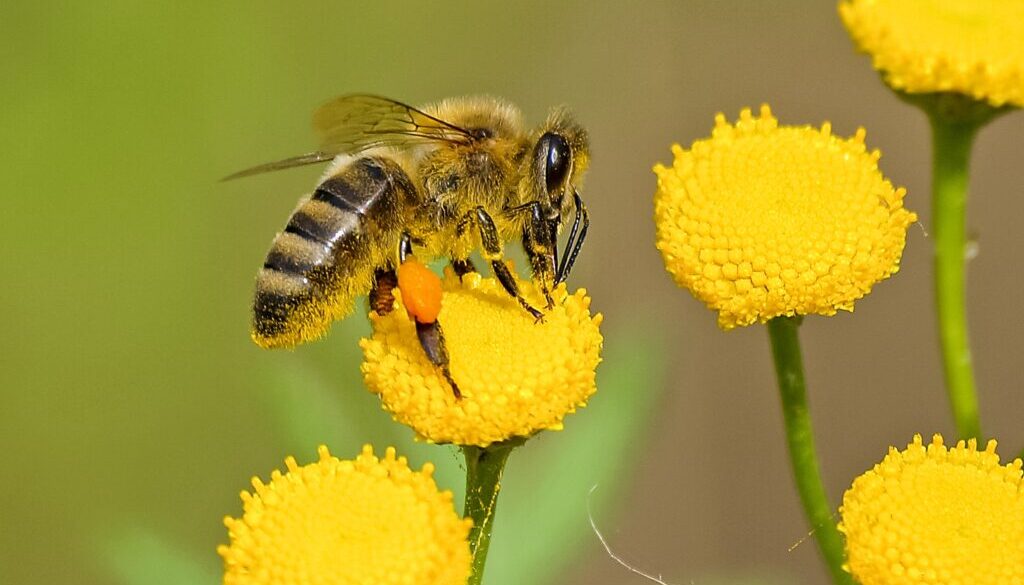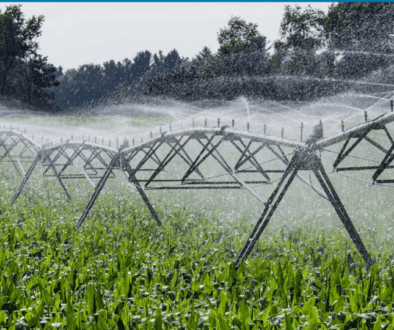Scientists warn pesticide impacts may be worse than we thought
In California, regulators have rolled out a plan to eliminate “high-risk” pesticides from agricultural and urban use. In Mexico, officials have announced a ban on the widely used weedkiller glyphosate. And in Canada, regulators have implemented some new pesticide restrictions and are reviewing the potential for others.
The moves, which are also playing out in various forms around the United States, have drawn opposition from chemical and farm industry forces. But supporters say they don’t go far enough to adequately protect human and environmental health.
Three University of British Columbia researchers recently published a paper that summarizes what they say is a growing body of evidence showing that pesticides are having harmful ecological impacts beyond what is already well understood, and that these impacts are not being recognized by current testing and regulations. The authors of the paper looked at dozens of studies to draw their conclusions.

The New Lede had a conversation with lead author Risa Sargent about the team’s findings. Sargent is an associate professor of applied biology within the Faculty of Land and Food Systems at the University of British Columbia. She and colleagues reviewed studies from around the world, finding alarming results.
Q: You note in your paper that pesticide use globally is on the rise and that in recent decades farmers have adopted “prophylactic” strategies, meaning they’re applying pesticides at or before they plant their crops. Indeed, according to data from the Food and Agriculture Organization of the United Nations as cited by the Global Change Data Lab, uses of herbicides, fungicides and insecticides are up significantly since 1990. Can you explain why this increased use is ecologically risky?
A: When we did our review of studies we found evidence that these previously thought-to-be-safe pesticides are actually having significant ecological harm. We have a picture emerging of anthropogenic threats for very, very important ecosystem players. We’re using more pesticides, and we are increasingly seeing impacts we had not expected – patterns of ecosystem disruption. There is this nice quote by E.O. Wilson: “It’s the little things that rule the world.”
Q: You make the point that overuse of pesticides can actually inhibit crop yields, making plants less healthy, less robust. Your paper states: “It is well established that pesticide use frequently exacerbates pest problems, increasing and entrenching pesticide dependency, referred to as the ‘pesticide treadmill’. Ultimately, this cycle can reduce agricultural profitability, sometimes even leading to regional collapse of a cropping system.” Can you elaborate on that, or provide an example?
A: The pesticide treadmill refers to the evolution of pesticide resistance, which is increasingly a problem. Once resistance evolve, growers either increase the amounts they use, or, sometimes turn to other pesticides, leading to the constant turnover of pesticides in the landscape. None of these are good for long term sustainability of our agroecosystems.
Q: One of the pesticides addressed in your paper is glyphosate, the world’s most widely used weedkiller, which many people may know as the active ingredient in Monsanto’s Roundup herbicide. The chemical has been linked to some human health problems. What are the ecological impacts you’re concerned about?
A: The use of glyphosate is enormous. Some of the research we looked at showed quite clear impacts of glyphosate on ecological interactions that support animal microbiomes. Research shows that glyphosate can impede animal gut microbial growth, which can cause significant problems. There is evidence that glyphosate impedes thermoregulatory processes (for example, keeping the colony temperature stable and optimal) in bumblebees. One hypothesized mechanism for the changes to thermoregulation is through the disruption of bee gut microbial communities, which has been documented in a number of studies. The effects are sublethal, but sublethal still will impact an organism’s ability to reproduce and its resilience.
Q: You also looked at research on neonicotinoids, a class of insecticides. Neonics are often used to coat seeds before they are planted integrate into the tissues of the plant as it grows. The pesticides also are present in the pollen and nectar from the plant. We’ve seen a lot of research on how neonics harm pollinators, information that led Europe to ban certain neonics. Along with harm to pollinators, what does the research show about neonic impacts?
A: Neonics have a lot of important ecological impacts: They are shown to be harmful to certain types of beetles or other natural pest controls, for instance. We saw results published in Science about applications to rice paddies in Lake Shinji, Japan. After neonics were introduced to rice paddies, there were declines in zooplankton biomass that were then linked to the collapse of a commercial fishery.
Q: In your paper you describe impacts of the widespread use of fungicides, which often also are coated onto seeds. Fungicides are designed to help prevent plant diseases, by killing – or inhibiting the growth of – fungi on plants. What harmful impacts did you find with fungicides?
A: Many plant tissues, including leaves and seeds, contain beneficial fungi that influence a wide variety of plant traits, including germination, seedling vigor, and nutrient acquisition. When that is impaired, plants can become less healthy. The impacts of pesticides on belowground mutualisms, such as those with soil microbes, are essentially unknown. This is an area that requires more research.
Q: You live and work in Canada. What do you hope to see happen there?
A: We’re hoping to better inform the public about the scientific findings that worry us as ecologists. Right now, Canada is reviewing its Pest Control Products Act. We’re hoping that people will prod their lawmakers to act. The end goal is to reduce pesticide risk by 50% by 2030, something that Canada signed on to as part of its commitments at COP 15 in Montreal in December.
Q: What are the obstacles to cutting pesticide use?
A: The pesticide industry lobbies hard for these products and farmers also respond strongly to the potential loss of these tools. If we expect these changes, we need to give information and support to farmers to help them switch to other solutions, including financial support. They should not be responsible for taking the economic risk. They’re trying to feed families and pay a mortgage. Policy has to go hand in hand with incentives.
Q: What happens if we do nothing?
A: We can keep studying it but I suspect we’re going to keep seeing these concerning impacts. As a scientist, I worry, and I’m not alone. There is increasing recognition in many countries that changes need to happen. I don’t know that anyone is really arguing with the data. I think it’s more a question about how do we move away from pesticides? There is a lot of fear. But we have to do something. We know that we’re doing sufficient damage to ecosystems and biodiversity, and I worry if we wait much longer to act we will regret it.
(Featured image by Shelby Cohron.)




